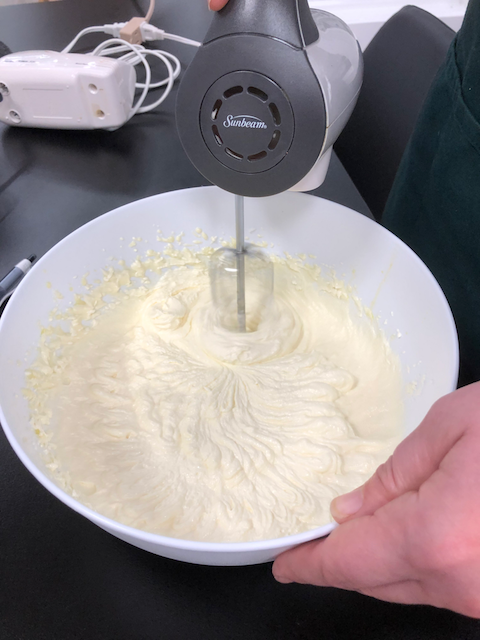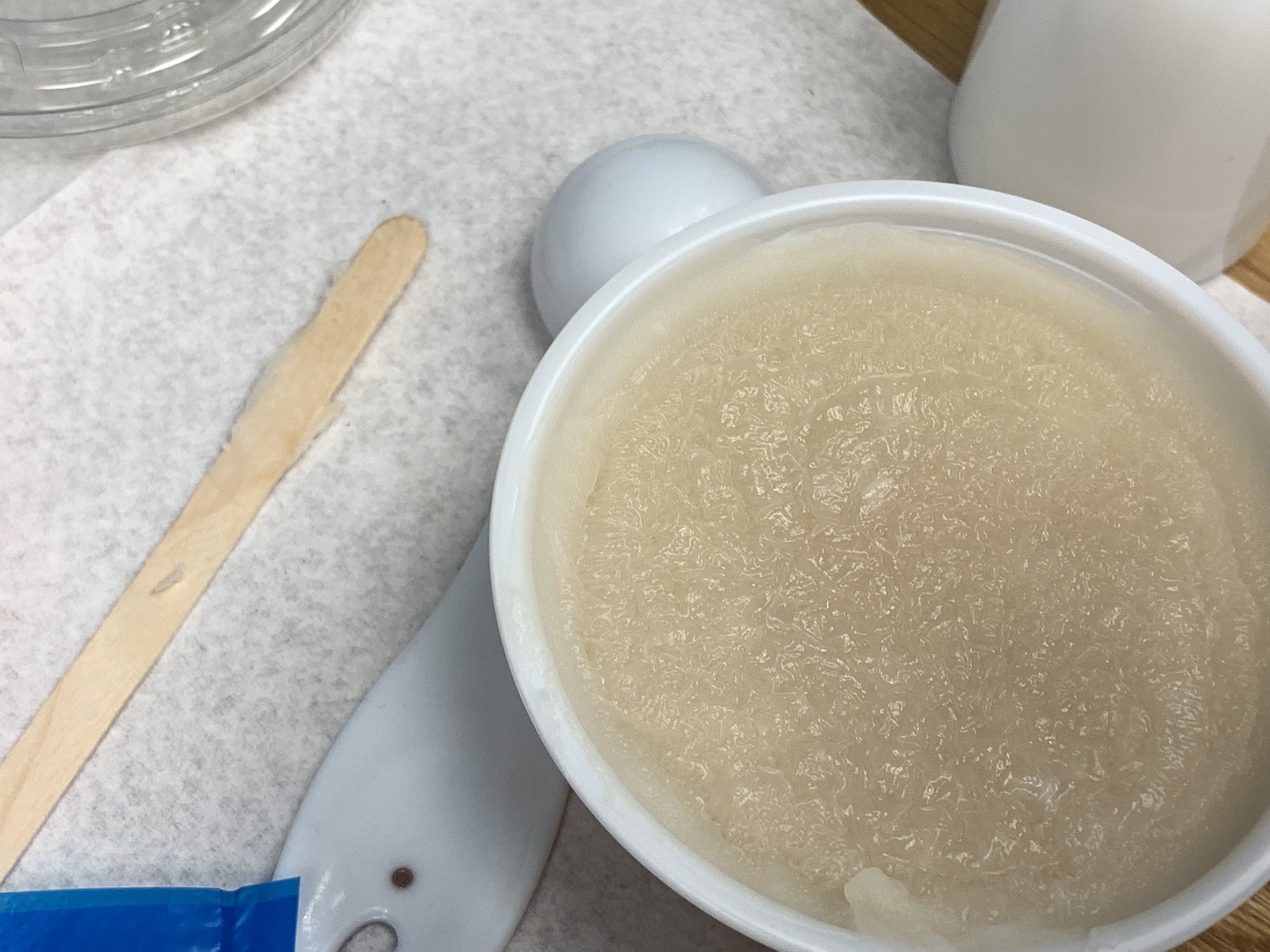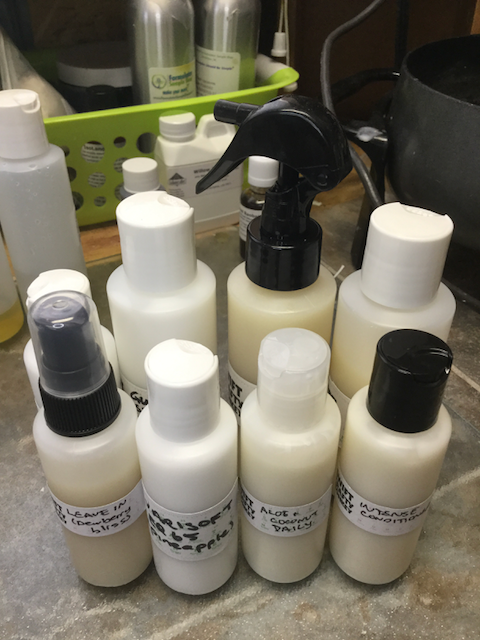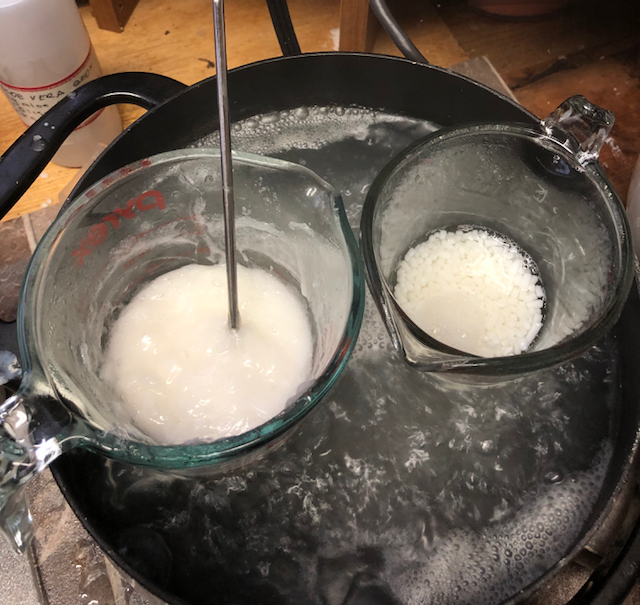Originally on Patreon: Q&A: What’s the meaning of positive or negative charge?
In this post, How can we adapt our formulas to be more natural: Gelling agents, Catherin asked: What is the meaning of positive and negative charge? I wrote about this topic in this post on the blog – Anionic, cationic, and non-ionic– but I realized I’ve learned so much since 2011 and there are so...





